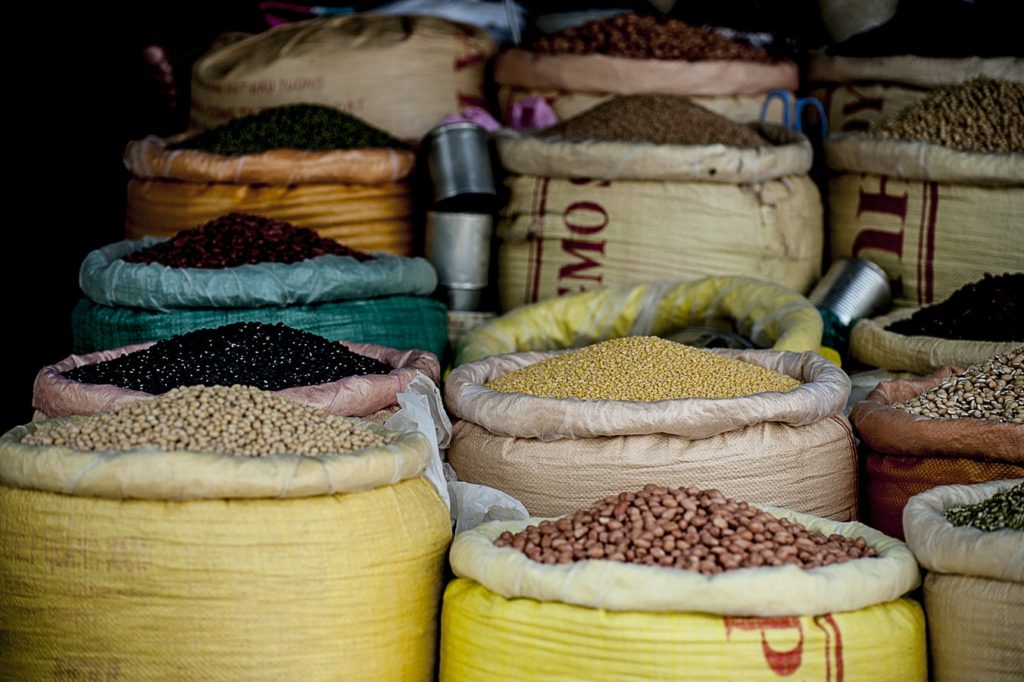What is a root cellar?
One of the most important pieces in the assets of a prepper is his root cellar. Imagine a place where you can stockpile your fruits, vegetables and other foods without using electric systems to keep them fresh. A root cellar will keep your product fresh for several months thanks to its special capabilities.
How is that possible? A good root cellar will keep the air cold and moist in the inside. That will keep your fruits and vegetables edible through the long winter. A feat achievable without the need of canning, freezing or dehydrating anything. If you are prepping for the unknown, that’s a good way to achieve your goals by storing foods that are rich in nutrients and vitamins.
5 pillars for your root cellar construction:
1. Choose your location
Many places can host your root cellar depending on your situation and your investment. Just keep it in the shade, easy to get into and allow it to have a good drainage in order to make any excess water flow further from it. It can be placed underground, in your basement, in a storm shelter or into a hill. Be careful if you want to bury a container in your backyard as it can reveal itself as a bad idea.
2. Create the right environment

- Temperature: Ideally between 32° and 40° Fahrenheit. Higher temperatures at 50° can be tolerated for some types of food. Be careful with the temperature of your cellar as it can blow up all your stockpiled food.
- Humidity: Keep it high between 90% and 95%. In order to keep it at that level, you should have an earthen floor, have a bowl of water in the inside and also using moist sawdust. I advise you to have a thermometer placed in the wall to be sure that everything is well handled.
- Ventilation: To bring the fresh air from the outside to your root cellar, cool down the temperature and remove humidity. Instal one or two vents in your cellar and hide them from the outside to avoid getting rodent to your storage.
3. Choose the right food

Pome fruits, root vegetables and other foods that prefer cool temperatures and a very high humidity:
Pome fruits | Root vegetables | Other foods |
Apples, pears, pumpkins, tomatoes, tomatillos, grapefruit , grapes, citrus fruits… | Cabbage, carrots, potatoes, sweet potatoes, onions, beets, celery, turnips, brocoli, brussel sprouts, jerusalem antichokes, leeks, parsnips, rutabagas, squash… | Dried beans, garlic, dried meat… |
4. Start stocking
From your own garden : Grow more vegetables and plan ahead for your fall garden so you can store the excess in your root cellar. A good gardener should know how much production he should expect depending on the size of his garden, the quality of its soil and the weather prevision.
Directly from farmers: A wise way to get your food cheaper and directly from the source. You can usually get bulk foods for a very cheap price.
5. Prepare to store
Pick your fruits and vegetables at the peak of their freshness and avoid bruising them. You won’t need to wash them before storing them in your cellar. Just brush carefully the dirt from them. Store them in slatted crates, buckets or baskets.
These were my advices for a successful root cellar. I advise you to study the subject very well before you start building it. This is not an easy task but it have already been achieved by a lot of passionates before you. Make a plan, wear your protection gloves and start digging!








